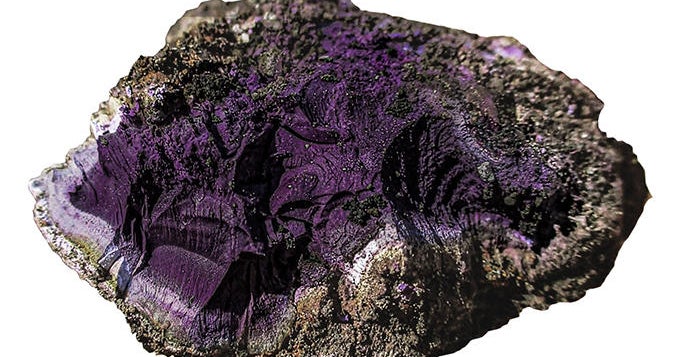Can animals "taste" light?
A team of researchers led by the University of Michigan has made a surprising discovery about how some animal species perceive light. The researchers found a new kind of photoreceptor that enables even an eyeless insect to sense and respond to light.
The so-called LITE-1 receptor is only the third type of photoreceptor found in animals. The researchers say it’s 50 times more efficient at light capture than the human eye’s rhodopsin, which is a pigment in the rods of the retina of the eye that enables vision in low-light situations.
“Our experiments also raise the intriguing possibility that it might be possible to genetically engineer other new types of photoreceptors,” senior study author Shawn Xu, a faculty member of the U-M Life Sciences Institute, said in a press release. The research was published in the journal Cell.
Xu’s team found the LITE-1 receptor in the ironically eyeless nematodes roundworms, which are common “model organisms” used in this kind of research.
“LITE-1 actually comes from a family of taste receptor proteins first discovered in insects,” Xu explained. “These, however, are not the same taste receptors as in mammals.”
The roundworms used in the tests moved away from flashes of light, despite not having eyes. Basically, they are able to “taste” the light hitting their bodies and respond to it without having the ability to see. Their responses to light demonstrated that the LITE-1 photoreceptors in their bodies absorb light, converting that light energy into signals for how the body should react to stimuli.
“LITE-1 is unusual in that it is extremely efficient at absorbing both UV-A and UV-B light — 10 to 100 times greater than the two other types found in the animal kingdom: opsins and cryptochromes. The next step is to better understand why it has these amazing properties,” Xu added.
Xu said that these receptor proteins remain something of a mystery — their genetic code stands in stark contrast to other kinds of photoreceptors that have been located in microbes, plants, and most other animals.
The main question is, how useful could studying the photoreceptors in roundworms be for the average person? Surprisingly, this research carries with it a wide range of potential applications. For instance, Xu said that LITE-1 could be developed into a sunscreen that absorbs harmful rays from the sun.
This new photoreceptor found in the worms differs from other photoreceptors in that it completely loses the ability to absorb light once it’s broken apart.
The researchers also determined that within the protein, having the amino acid tryptophan in two places was critical to its function. Ultimately, Xu said that a greater understanding of LITE-1 could result in the ability for researchers to “engineer other new photoreceptors.”





